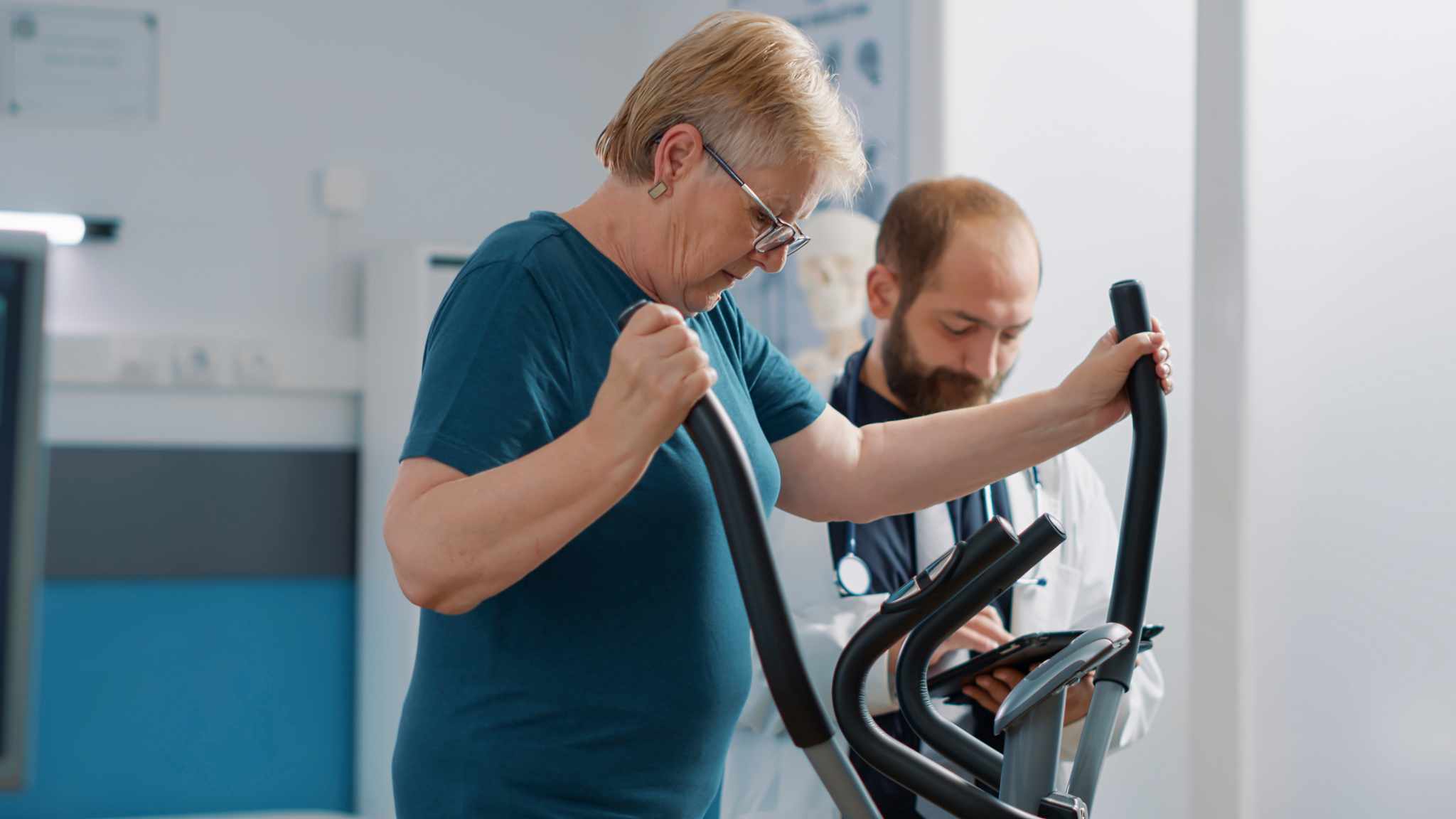At SELFLOOPS, we believe in the power of measurement for improvement. Our platform is meticulously designed for athletes and coaches who strive for excellence. With our motto, “You can only improve what you measure,” we stand committed to enhancing sports performance through advanced tracking and analytical tools.

Comprehensive Performance Tracking and In-Depth Analysis and Insight
- All-In-One Tracking: Capture crucial data like heart rate, pace, power, and more. Understanding these metrics is key to unlocking peak performance.
- Data-Driven Strategies: Leverage detailed analytics to craft training regimens that target specific performance goals.
- Performance Trends: Track progress over time, identifying strengths and areas for improvement.
Customized Training, Maximized Results
- Personalized Training Plans: Design training sessions based on precise data, ensuring that each workout aligns with the athlete’s performance objectives.
- Efficient Training: Maximize training efficiency by focusing on metrics that matter most to the athlete’s development.
- Informed Decision Making: Equip coaches with actionable insights to fine-tune training strategies.
- Collaborative Tools: Foster a collaborative environment where athletes and coaches can work together towards common goals, supported by reliable data.
Safety and Health: Our Priority
- Monitor Wellness: Keep track of health metrics, ensuring that athletes train within safe limits while pushing for peak performance.
- Injury Prevention: Use data to identify potential overtraining and reduce the risk of injury.
Our Commitment: Continuous Improvement
- Regular Updates: Benefit from a platform that evolves with the latest in sports science and technology.
- Community and Support: Join a community of dedicated athletes and coaches, with access to expert support and resources.
SELFLOOPS is more than a tracking tool; it’s a comprehensive solution for athletes and coaches aiming to transcend their current performance limits. Measure, analyze, and improve with SELFLOOPS, and turn data into your most powerful ally in sports excellence.
For more information, please contact us.
































